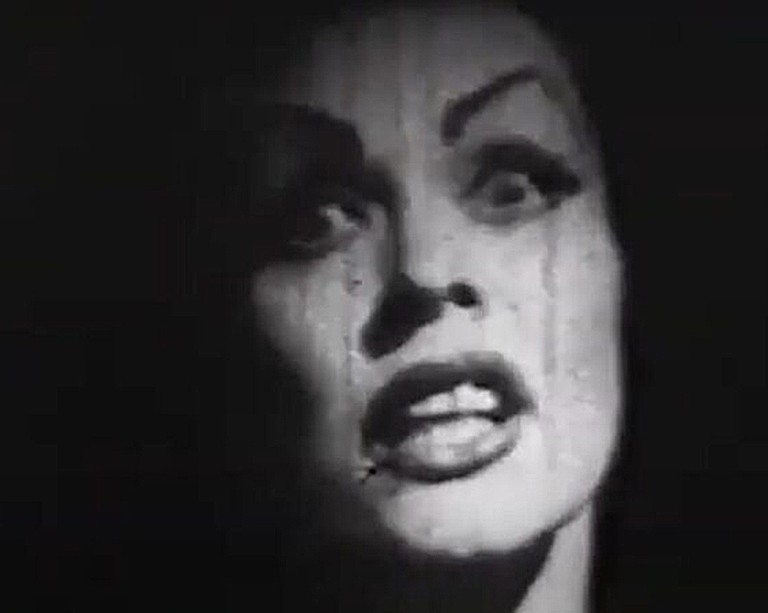Martha Langford, a Distinguished University Research Professor of art history, is Sloan’s colleague and co-editor of the book.
“In many circumstances, such as the destruction of the Van Horne mansion, photography was used to galvanize as well as record,” she adds. “The book is not just a lament for the lost aspects of Montreal, but also a recovery process of certain empty spaces in the city.”
This duality brings Photogenic Montreal into the present, as Langford sees in the work of Concordia’s Cynthia Hammond: “She not only writes an architectural and labour history of Montreal’s elite Golden Square Mile. Her own activist work and teaching lead us to a Griffintown dog park and Louis Perreault’s urban landscapes in Hochelaga-Maisonneuve.”

 Photogenic Montreal: Activisms and Archives in a Post-industrial City. Martha Langford and Johanne Sloan, editors. McGill-Queen’s University Press, 2021. Cover photograph: Louise Abbott, The Demolition of the Van Horne Mansion, 8 September 1973. | Cover design: Pata Macedo.
Photogenic Montreal: Activisms and Archives in a Post-industrial City. Martha Langford and Johanne Sloan, editors. McGill-Queen’s University Press, 2021. Cover photograph: Louise Abbott, The Demolition of the Van Horne Mansion, 8 September 1973. | Cover design: Pata Macedo.



